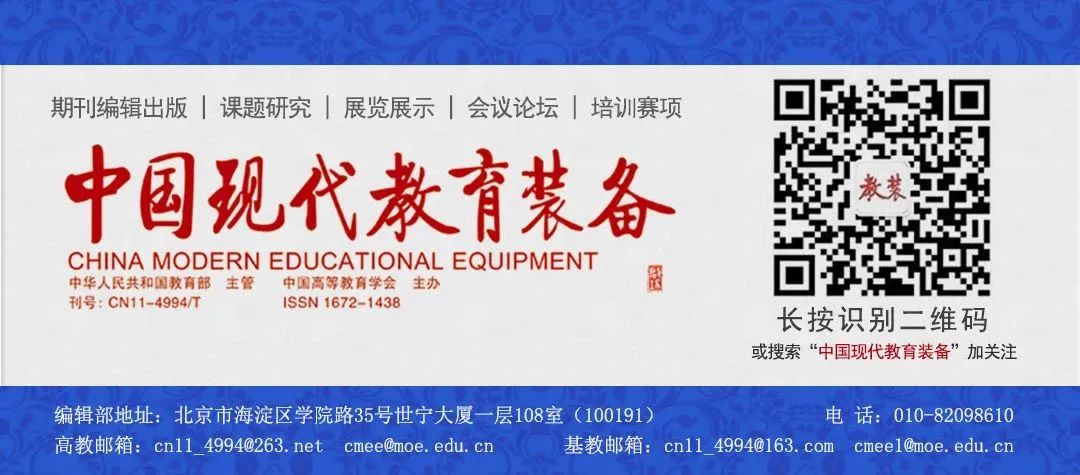
Teaching Design and Practice of AI Class in Primary Schools
——Taking Micro:bit Light-Controlled Lamp Project-Based Teaching as an Example
Liu Haiwu
Second Experimental Primary School, Suzhou Industrial Park, 215028
Author Introduction
Liu Haiwu, Bachelor’s degree, Senior Teacher.
Article Directory Structure
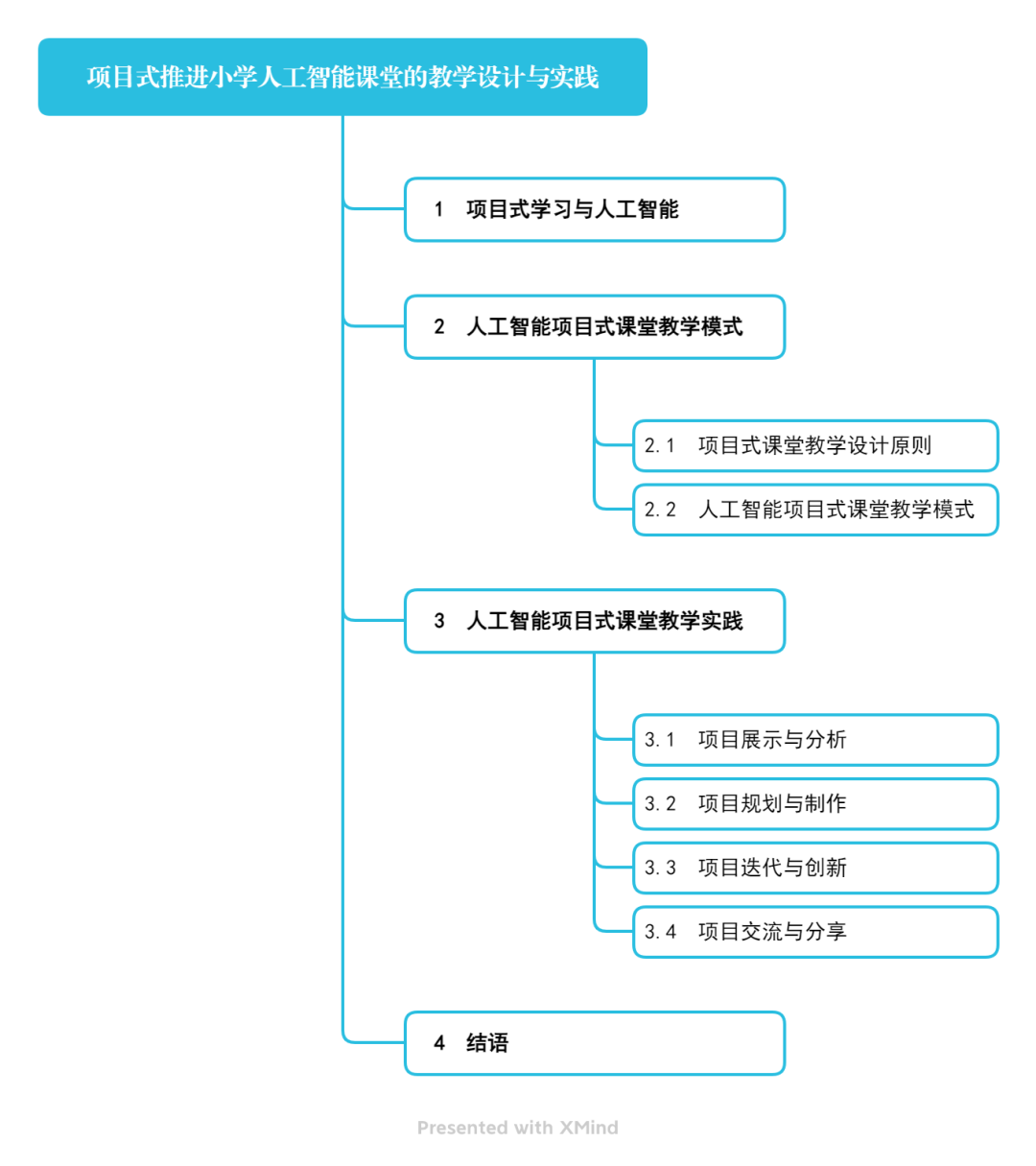
Abstract
Based on students’ existing knowledge structure, using Micro:bit light-controlled lamp as the teaching project, this paper elaborates on the process and effects of implementing project-based classroom teaching in the context of artificial intelligence, starting from several links: project display and analysis, project planning and production, project iteration and innovation, project communication and sharing. Students not only achieved a magnificent transformation from “learning projects” to “creating projects”, but also significantly enhanced their programming and logical thinking abilities.
Keywords
Project-Based; Artificial Intelligence; Micro:bit; Classroom Teaching
Artificial intelligence is the result of the innovation and development of information technology. In 2017, the State Council issued the “New Generation Artificial Intelligence Development Plan”, elevating the development of artificial intelligence to a national strategic level. Project-based learning is a hot topic in the global education field. In 2019, the Central Committee of the Communist Party of China and the State Council issued the “Opinions on Deepening Education and Teaching Reform to Fully Improve the Quality of Compulsory Education”, clearly proposing to “carry out research-based, project-based, and cooperative learning”. Teachers should explore how to promote project-based teaching in primary school artificial intelligence classes, allowing more young people to understand and engage with artificial intelligence, thus generating a strong interest in exploration. This paper takes the course “Micro:bit Fun Programming for Children” in the school’s artificial intelligence curriculum as an example, specifically focusing on the lesson “Micro:bit Light-Controlled Lamp”, and discusses effective project-based teaching design and practice, which has great reference value.
1 Project-Based Learning and Artificial Intelligence
Project-based learning refers to the learning activities in which students implement a complete project under the guidance of teachers. It is a new classroom teaching model that educators worldwide are actively exploring, and it is currently one of the important ways to implement students’ core competencies in primary and secondary education in China.
Artificial intelligence (AI) is a new technology that studies and develops theories, methods, techniques, and application systems used to simulate, extend, and enhance human intelligence. It is generally divided into software programming and hardware device output. There are many teaching devices for artificial intelligence classes in primary and secondary schools, such as robots, voice recognition, facial recognition, etc. This paper mainly conducts primary school artificial intelligence teaching using the Micro:bit computer board (see Figure 1).
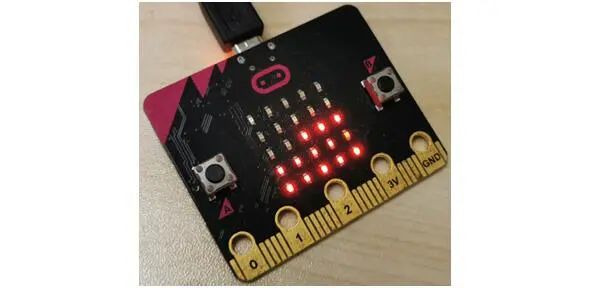
Figure 1 Micro:bit Computer Board
Micro:bit is a microcomputer board developed by the British Broadcasting Corporation (BBC). The board measures 4cm × 5cm and has 25 LED lights on its surface. It can be programmed through a web-based programming platform (https://makecode.microbit.org/). The designed program can be downloaded to the computer board. In addition, the Micro:bit board is equipped with various sensor devices, such as sound, light, vibration, etc., which can basically meet the needs of primary and secondary school artificial intelligence teaching.
This paper proposes a classroom teaching model for artificial intelligence based on project-based learning, starting from practical problems, allowing students to develop corresponding implementation plans through observation and discussion, and to complete projects autonomously based on their plans, existing knowledge, experience, and the learning scaffolding provided by teachers, thus constructing their own knowledge system and summarizing the methods and steps to solve practical problems. On this basis, students are guided to innovate projects and design more contemporary iterative products. During the project-based learning process, students learn by doing, and teachers should adopt various teaching strategies, design different tasks, guide and inspire students to generate cognitive collisions, and help students autonomously organize learning outcomes and summarize learning experiences through reflection.
2 Artificial Intelligence Project-Based Classroom Teaching Model
2.1 Principles of Project-Based Classroom Teaching Design
(1) Principle of Stimulating Interest
Interest is the best teacher. Determining an interesting theme is the first step to generating student interest in the classroom. Light-controlled lamps are common artificial intelligence accessories in people’s lives, used in corridors, restrooms, and public places. I used the Micro:bit light-controlled lamp as the theme for artificial intelligence exploration, greatly stimulating students’ exploratory interest and providing a practical platform for students’ autonomous knowledge construction.
(2) Advantages of Project-Based Learning
Project-based learning is currently a hot teaching model. It designs projects based on real situations, guiding the implementation of each link through project plans. The entire process is primarily focused on student autonomous exploration, promoting growth through cooperation and competition, and encouraging innovation and creation of works. Project-based learning also bridges connections between subjects, providing a diverse thinking foundation for students to solve complex problems in the future.
2.2 Artificial Intelligence Project-Based Classroom Teaching Model
Project-based learning advocates placing knowledge and skills in real, vivid situations. Students develop project plans and engage in autonomous and cooperative exploration through task-driven methods. The activity plans need to be both operational and extensible. Teachers should provide timely guidance throughout the implementation process and offer learning scaffolding for autonomous exploration, assisting students in project accumulation and innovation, and facilitating multi-faceted communication and evaluation. The artificial intelligence project-based classroom teaching model is shown in Figure 2.
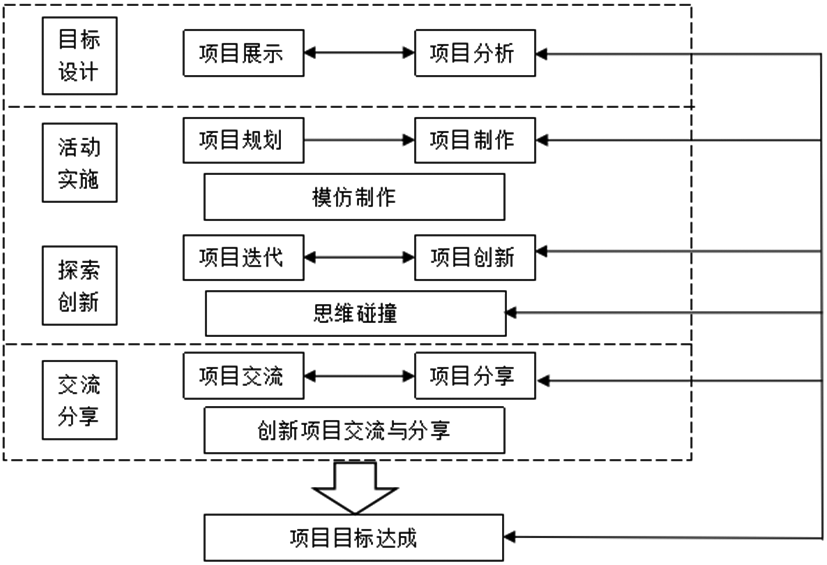
Figure 2 Artificial Intelligence Project-Based Classroom Teaching Model
3 Artificial Intelligence Project-Based Classroom Teaching Practice
In previous teachings of the “Micro:bit Light-Controlled Lamp” lesson, teachers tended to focus more on imparting knowledge and skills, completing the design of the light-controlled lamp through teacher demonstrations and student simulations. Students completed tasks and thought they had achieved the predetermined teaching goals, while teachers summarized students’ works through displays. This kind of didactic classroom rarely allows students to engage in deeper thinking, such as the principles of the Micro:bit light-controlled lamp, the implementation steps, and how to extend the program to sound control and sound-light control. Throughout the teaching process, students merely completed programming mechanically, making it difficult to exercise engineering thinking. Therefore, I specifically elaborate on how to carry out project-based classroom teaching for the “Micro:bit Light-Controlled Lamp” lesson.
3.1 Project Display and Analysis
The virtual and display features in the Micro:bit programming environment make the artificial intelligence classroom more attractive, engaging, and challenging. In the teaching of the “Micro:bit Light-Controlled Lamp” lesson, I displayed light-controlled lamps from daily life and guided students to conduct a preliminary analysis of the lamp’s implementation principles, such as the lamp turning on when light reaches a certain value, and off otherwise. Based on this life experience, I showcased the Micro:bit light-controlled lamp, allowing students to draw knowledge connections and clarify the project task for this lesson: to design a Micro:bit light-controlled lamp. Themes closely related to everyday objects can greatly stimulate students’ exploratory interest and desire.
3.2 Project Planning and Production
Project planning is an important link in project-based learning, assessing whether students understand the principles of project design. The project planning for the Micro:bit light-controlled lamp is mainly presented through a program flowchart (see Figure 3). In the project display and analysis phase, students have a preliminary understanding of the core components of the Micro:bit light-controlled lamp. If they can capture the virtual value of the optical fiber and extract the critical values for the lamp to turn on and off, they can solve the programming control difficulties. Most students can complete the project planning for the Micro:bit light-controlled lamp.
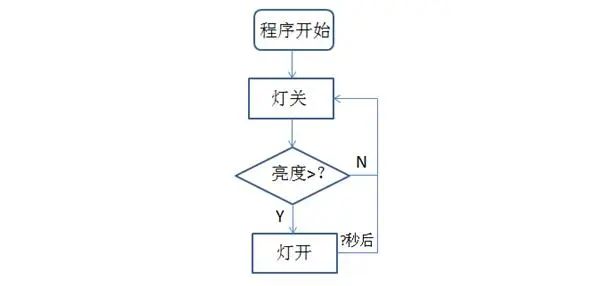
Figure 3 Program Flowchart
Project production, that is, program imitation production, is the core link of project implementation. Through watching, analyzing, and planning the project, students have basically mastered the methods and steps for production. During this process, students will also generate many creative sparks, which will become the impetus for project innovation. In the Micro:bit light-controlled lamp project, I mainly designed the following teaching tasks.
(1) Light Testing
In life, light is visible but intangible. To quantify it with data and use it to determine the critical value of the light-controlled lamp, the first step is to test the light value. I organized students to connect the Micro:bit computer board to the computer, open the web editing platform, edit the testing program, and download it to the Micro:bit board, then conduct light testing and fill out Table 1.
Table 1 Light Testing Sample
|
Real Scene |
Dark (Covering with Both Hands) |
Weak Light (Covering with One Hand) |
Strong Light (Illuminated by Light) |
|
Light Value |
– |
– |
– |
Through testing the intensity of light, students not only understand the characteristics of sensors and learn to recognize things through sensors, but also summarize experiences for using other sensors for testing; on the other hand, by testing various data of light, they derive the critical value for the light-controlled lamp, providing real data support for program control.
(2) Script Building
Script building is the most significant method reflecting students’ logical thinking abilities. It is also a practical task that students undertake after completing the preliminary work. Students can complete the program script building and debugging autonomously based on their existing knowledge and experience, or through the micro-course scaffolding set by me on the Yijia Interactive platform. While independently completing tasks, there may still be issues in the program, such as some students using the “less than” sign, which reverses the settings for the lamp to turn on and off; other students setting critical values too low or too high, etc. After students complete the building, I suggest they discover and solve problems through peer checking and discussion, ultimately building the correct program script (see Figure 4).
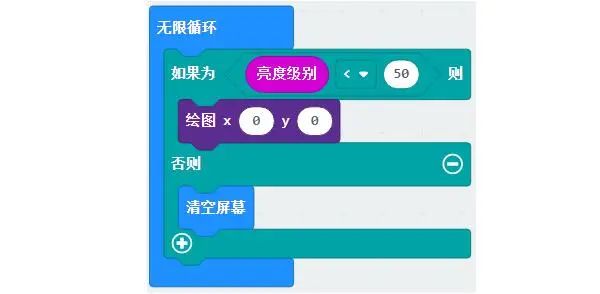
Figure 4 Light-Controlled Lamp Program Script
(3) Script Download and Debugging
After completing script building and platform simulation testing, I remind students to download the program code to the Micro:bit computer board and conduct debugging under hardware and real light conditions.
3.3 Project Iteration and Innovation
Innovative works can be divided into two categories: one is to update the program through code and function additions based on the existing foundation; the other is to create new works using the knowledge and skills learned. I guided students to think about other lamp control phenomena in life, and students naturally thought of sound-controlled lamps. I encouraged students who completed their projects to try designing sound-controlled lamps. After completing the sound-controlled lamp, I posed the question: Can we also set a lamp that can be controlled by both sound and light? After clarifying the task, students immediately discussed it within their groups. Fortunately, students were able to design corresponding programs based on group cooperation and communication during the re-determination, re-planning, and re-implementation of the project (see Figure 5).
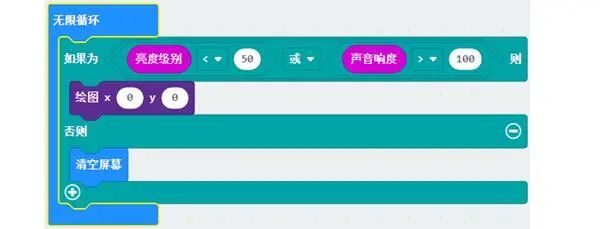
Figure 5 Sound and Light-Controlled Lamp Program Script
3.4 Project Communication and Sharing
I mainly adopted three project communication methods: first, communication within groups to eliminate knowledge and skill barriers; second, class sharing and communication, mainly selecting better works from each group for sharing and display, allowing more students to learn from experiences and make improvements; third, using the Yijia Interactive platform to showcase works. Before class ends, students submit their works to the Yijia Interactive platform I created in advance, and after class, they can log in to view other students’ works and provide evaluations, ratings, and comments (see Figure 6).

Figure 6 Project Communication Interface Based on the Platform
4 Conclusion
Entering the 21st century, the application of artificial intelligence is increasingly penetrating daily life, from voice recognition to human-computer games; from autonomous driving to intelligent simulation; from facial recognition to smart home management… How to effectively carry out project-based artificial intelligence teaching at the primary school stage is a matter of diverse opinions. The artificial intelligence classroom teaching model based on project-based learning can effectively enhance students’ scientific interest, allow students to experience the thinking methods of scientists, stimulate potential, and help students better adapt to future life and development.
Funding Project: Jiangsu Provincial Education Society’s “13th Five-Year Plan” Education Research Planning 2019 Annual Project “Development and Practice of Primary School Information Technology Maker Curriculum Based on Micro:bit Board” (Project Number: 19A19N3SZ131).
This article was published in the April 2022 issue of “China Modern Education Equipment” magazine, please indicate the source if reproduced.
Editor | Miao Xuanming
Typesetting | Zhang Xin
Review | Wu Shuhua
Release | Zhang Xin
